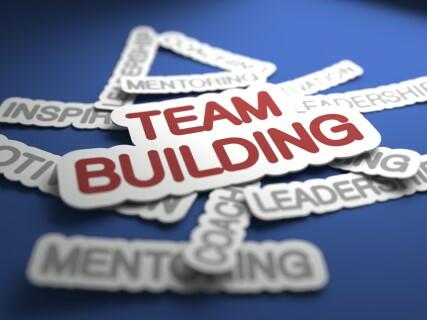No matter what industry you work in, you have probably noticed how frustrating it can be when group dynamics and team building are failing.

Dysfunction can rear its ugly head in many forms, like meetings that go nowhere to emotional exchanges that make good communication all but impossible. For teams to do their jobs well, with improved efficiency and productivity, communication is the first key step.
But how can you make good, clear and effective communication happen? Part of the answer lies in how group dynamics and team building are related to one another.
What do team members want?
To understand teams, it’s important to understand basic human behavior. Humans are by nature, very social. It’s innately important to us that we are accepted by others. Therefore, when we join teams at work, our primitive desire of acceptance can flavor the way we behave on those teams.
The problem is, however, that when someone’s primary goal is to fit in, that gets in the way of actually contributing something worthwhile to the team.
Those desires lead to a less-than-optimal relationship between group dynamics and team building.
When fitting in drives everything a team member does, in other words, you’re less likely to get anything unique or creative out of that person. When that happens you’re losing value on your team.
Team members driven by acceptance are more likely to simply repeat information rather than offer up unique perspectives which would be more valued to the team.
They’re also more likely to only share what they feel is in common with the other team member’s opinions and knowledge. So, instead of productive and creative problem-solving and efficiency, you’re actually getting one big mutual appreciation session. Great!
So how can managers and leaders satisfy their team members’ need to fit in so they can move on to contributing their unique talents and perspectives to the team? How can they improve the connection between group dynamics and team building?
How can we satisfy the need to fit in?
By giving teams a chance to share personal information, they are more likely to feel valued and understood, and therefore accepted.
Devoting special time for team members to get to know one another apart from project goals is one way to do that. Any sort of activity which allows them to get to know the other side of their colleagues will help, but it’s best in a structured environment where everyone enters the playing field on even terms.
A team building workshop is, of course, the perfect solution. Building a connection between group dynamics and team building will go a long way towards getting your team to start offering up their unique talents- setting free their potential and eventually leading to higher levels of performance.
